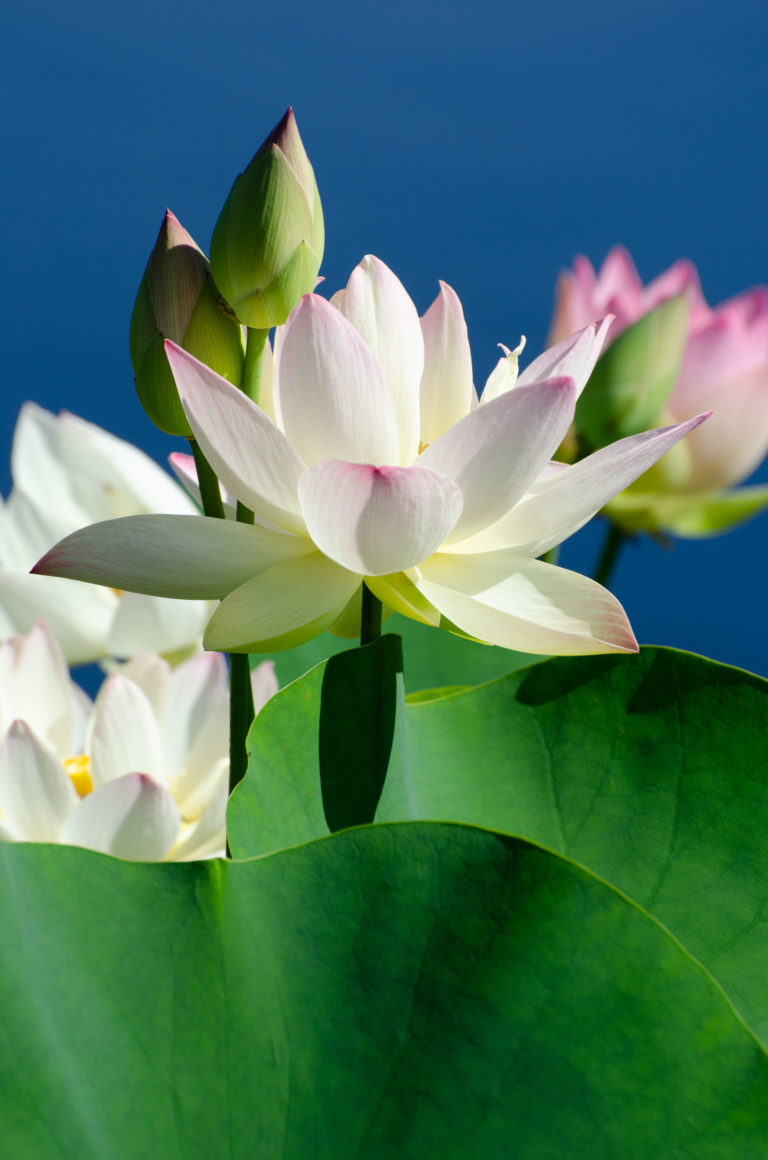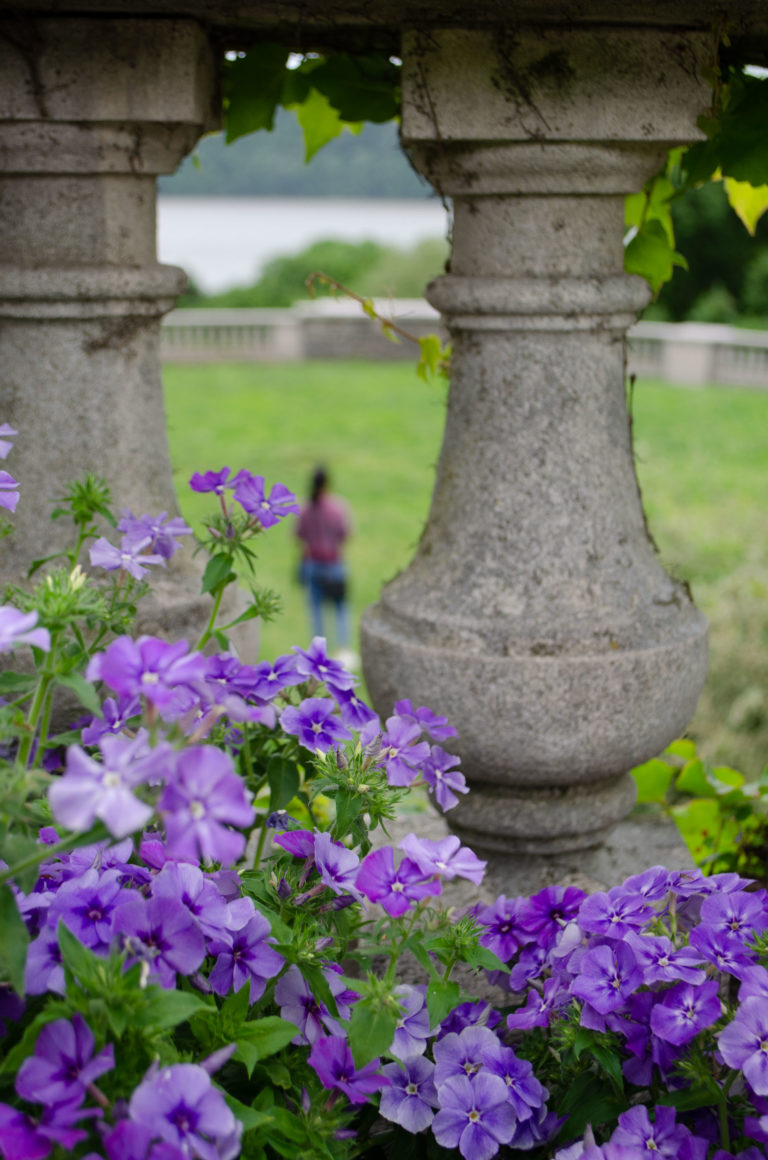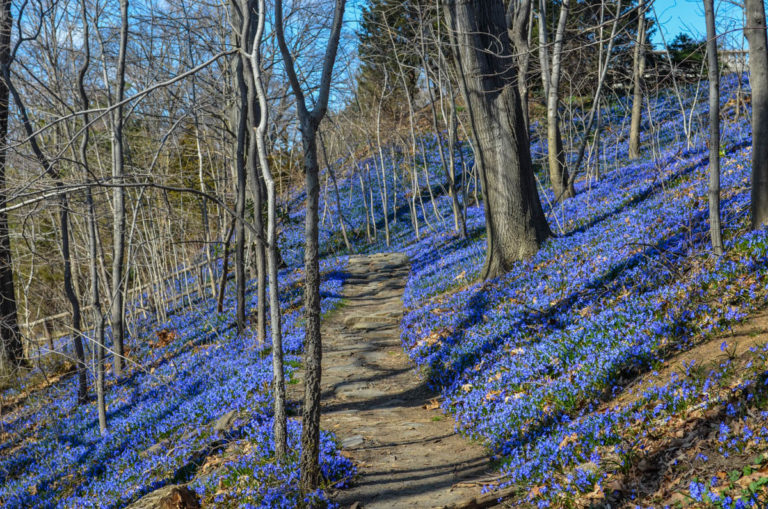
Mistletoe Cactus
March 18, 2021As part of Cactus and Succulent Month, I decided to take a deep dive into the genus Rhipsalis (mistletoe cactus), the only cactus found in the Americas and Africa. Typically, cacti are only found in the Americas. Other anomalies that set this cactus apart are its environment requirements. Here’s a hint: you will find Rhipsalis spp. on display in the Marco Polo Stufano Conservatory—but in the Tropical House, not the Cactus and Succulent House. Shown above: Rhipsalis spp. on display in hanging baskets and terra cotta pots in the Tropical House. Note the shades against the windows.

Mistletoe cacti love high humidity, but they cannot handle the sun’s harsh rays. It’s no surprise, then, that they are epiphytic, deriving moisture and nutrients from the air and rain. Mistletoe cacti in the wild are found growing on the sides of trees, enjoying dappled sunlight and constant moisture from tropical rains and humid air. To try and replicate these environmental constraints, Gardener Shane Pritchett sprays the floors, heaters and gravel in the Tropical House a few times a day. He explains the predicament: "I try to keep the house as humid as possible, but 70% is a good goal to reach. I open the vents when it's sunny to cool down the house. In the winter, when the dry air sucks out the humidity, I would rather battle with drier conditions than have the house overheat." While it is impossible to completely replicate a tropical rainforest in NYC the environmental conditions are close enough for these plants to flourish at Wave Hill.
As Shane takes down and replaces baskets of cacti for me to inspect, he points out opaque, plastic panes covering some of the windows. He installed these shades to disrupt the sun’s strong rays, creating a more natural environment for Rhipsalis spp. and other understory tropical plants. Since the installation, Shane has noticed the light is more filtered, and is hopeful that the plants will enjoy the softer light.

Like other epiphytic tropical plants grown in large nurseries, Rhipsalis spp. are potted up in soil. Over time, the substrate of some of the mature plants living in our hanging baskets washes away, but they seem to enjoy their home in the air! He pulled down one of the largest baskets, one containing Rhipsalis teres, to show me its exposed roots. “When I water this one”, he comments, “it drains right out the bottom and waters the plants sitting below. I will need to repot it eventually but haven’t prioritized that because it seems so happy. It’s probably because the lack of potting material feels like its natural environment.”
With so many cactus and succulents in the Conservatory—and even in the Tropical House—there's lots more to learn. Case in point: Don't miss a rare opportunity to learn from our in-house expert, Harnek Singh. A few spaces are available in his virtual workshop Lessons from Wave Hill: Cultivating Succulents on Saturday, March 20. Check out the calendar for more events this month, and follow us on social media, where we’re sticking closely to the subject!
Jess Brey,
Ruth Rea Howell Senior Horticultural Interpreter



